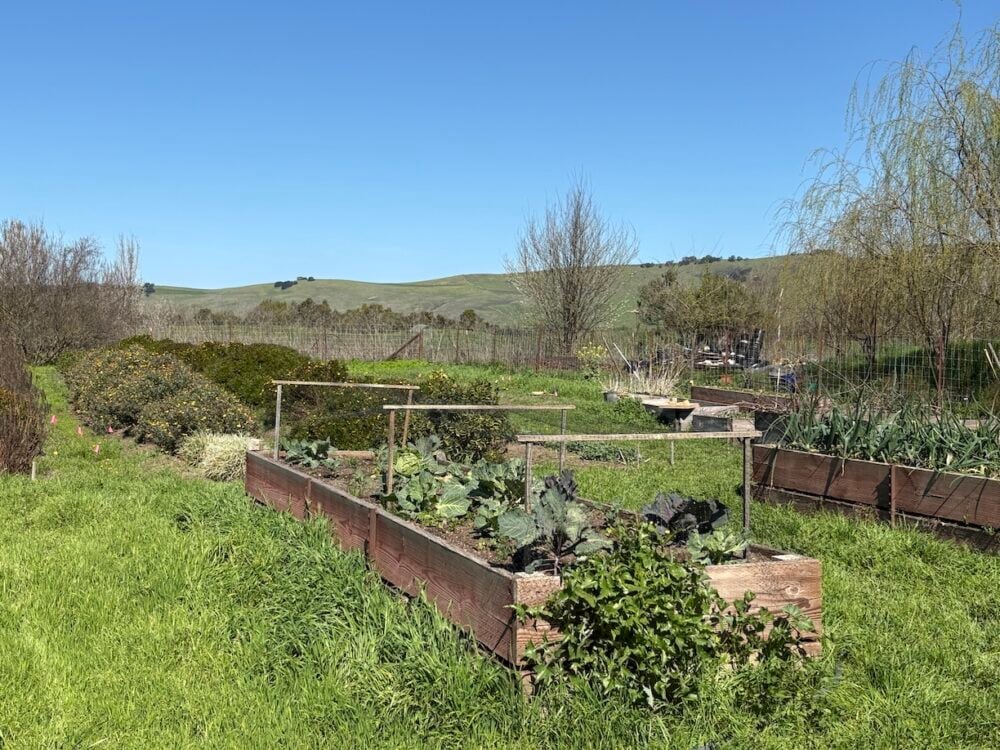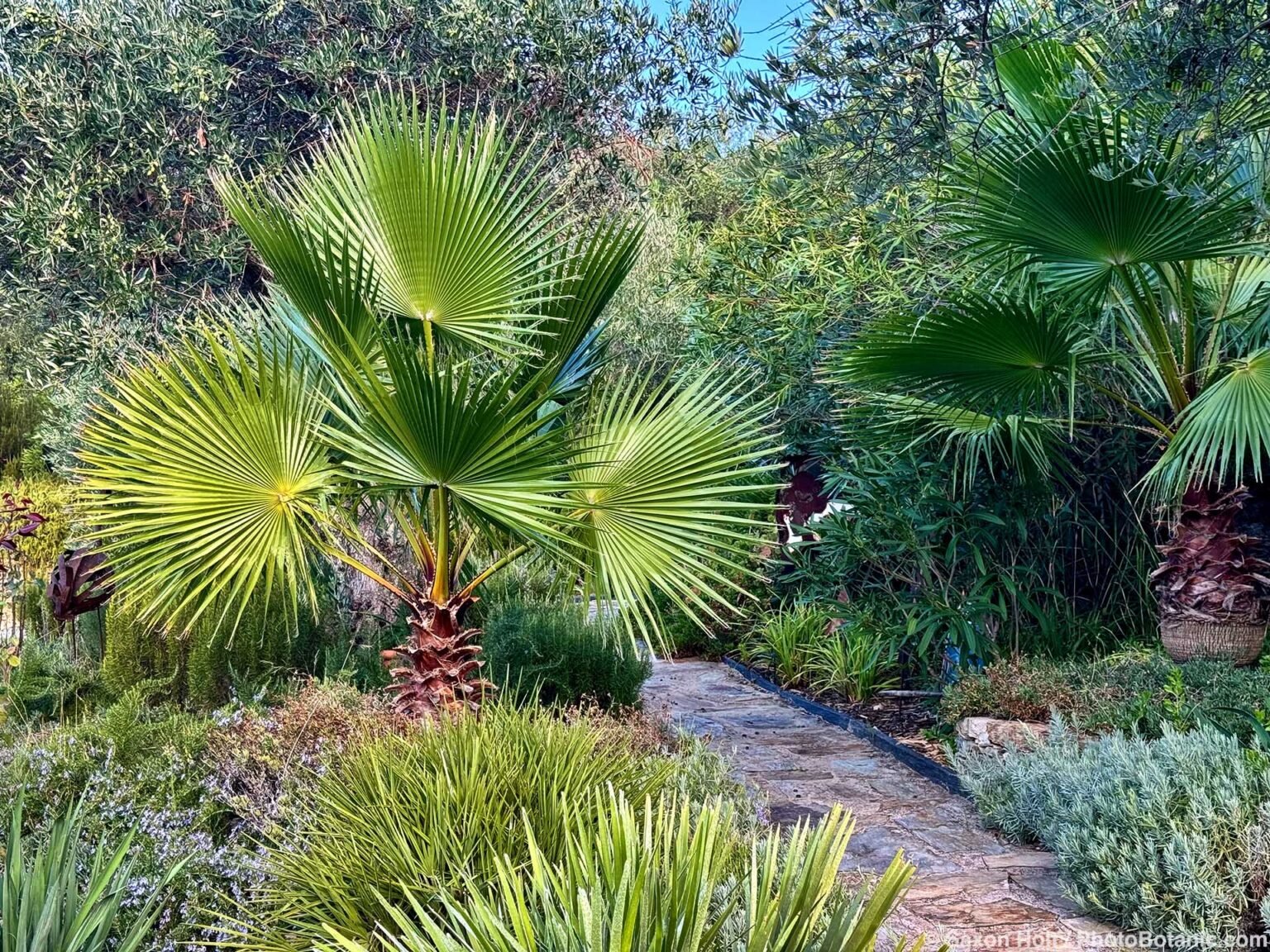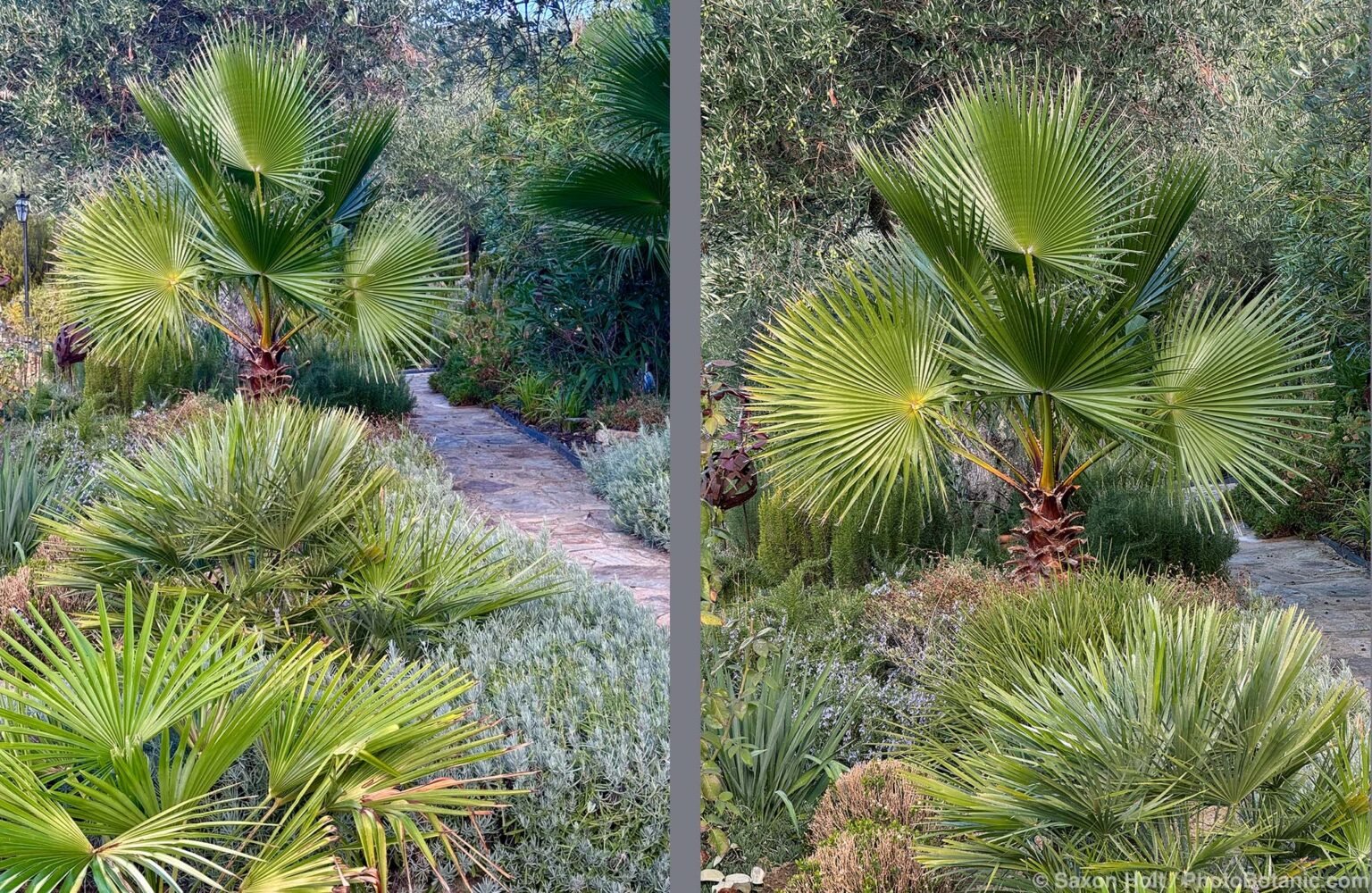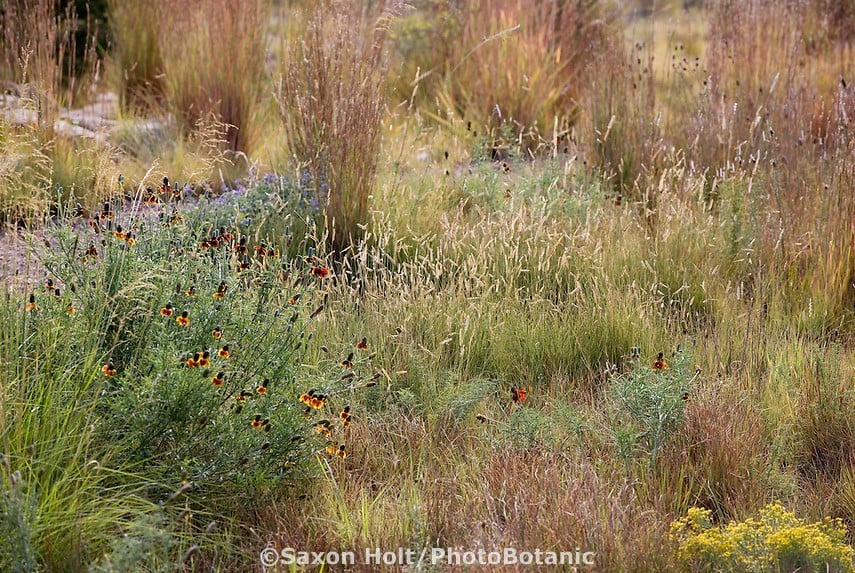
Camera Phones are Cameras: Work the Scene

Contributor
- Topics: Inspired Gardens and Design, PH Photo Tips
Pacific Horticulture’s monthly photo series by renowned garden photographer and Pacific Horticulture Board Member, Saxon Holt of PhotoBotanic and Summer-Dry
Spring 2025
You’re in the garden, you’re intrigued, you see something beautiful, you want to remember – and you whip out your camera phone. Got it. Isn’t it amazing they built cameras into these things? So handy.
At this point, don’t be lulled into the satisfaction that your ever-ready pocket camera got a good photo. If the photo is meant to be more than just a quick memory jog, and you want a photograph to share instead of a snapshot, use that phone as a true camera. Think for a few seconds about what you’re seeing and maybe take a few more photos. Work the scene.
I shoot far fewer photos in the digital age than I ever did in the film era when I had to bracket my exposures and edit out all the ones I didn’t like when they came back from the lab. Now I can throw out the ones I don’t like as I see them, and I don’t need to bracket because digital is so forgiving.
But I almost never stop at one photo even if I have carefully composed a very nice one. Note this photo of the fan palm by a path in a garden in Portugal’s Douro Valley.

Those of you who read my vacation story on the website, “Finding Gardens in Portugal,” may recognize this as the one garden where I wished I had my professional camera. I was very careful in composing with my iPhone. But one photo was not nearly enough of this scene; the photojournalist in me wanted to take different views to have later. I gave myself a few moments to ‘work the scene’ and think about photos that could communicate subtle differences.
Most importantly, I wanted to be sure to have some vertical photos. I’m pretty active on Instagram @summerdry.gardens where verticals are very common, and indeed when most of us hold a camera phone we tend to shoot them upright and vertical. Here, make a note to self – if you do find you are always taking verticals, take a moment with any good scene, make a horizontal and shoot that as well.

Looking to make a vertical composition, I made these two photos that are slightly different. One is much more about the fan palm, where it is almost dead center, and the other is more about the garden and the pathway leading through it.
Both photos are useful and were taken within a minute of each other as I considered the composition and how the photo might be used later. For me, this process is pretty quick and automatic, I am working the scene. The decision to use one or the other photo in some future story will likely be up to an editor, who will be happy to have a choice depending on which words will be accompanying it.
All of these photos revolve around the fan palm and how it is used in the garden. I knew as soon as I saw it that it was a special scene. I kept looking for photos and have others, and then as I walked past the palm I looked back toward the Douro Valley, I saw it against the sky. Its remarkable foliage exploded even more.

When you find a really nice scene don’t stop at one photo and move along. Enjoy what you are seeing, frame up photos, work it, tell stories with your camera.
I began Camera Phones Are Cameras with this full disclosure: I have been a professional garden photographer for 40 years and do not take any of my professional photos with a camera phone. However, almost all the tips I give in my workshops apply to any camera, recognizing the camera is only a tool to capture an image.
It is up to you to take the picture, and if used with intention and consciousness any camera or camera phone can take wonderful pictures; especially if you learn a few techniques.
Read more from this Series
Resources
For more tips, visit Saxon’s Garden Photography Workshop on PhotoBotanic.com
Visit The Learning Center at PhotoBotanic.com for great books about Garden Photography
Visit PhotoBotanic for more inspiring photographs by Saxon Holt
Learn More About Summer-Dry and Celebrate Plants in Summer-Dry Climates










Responses